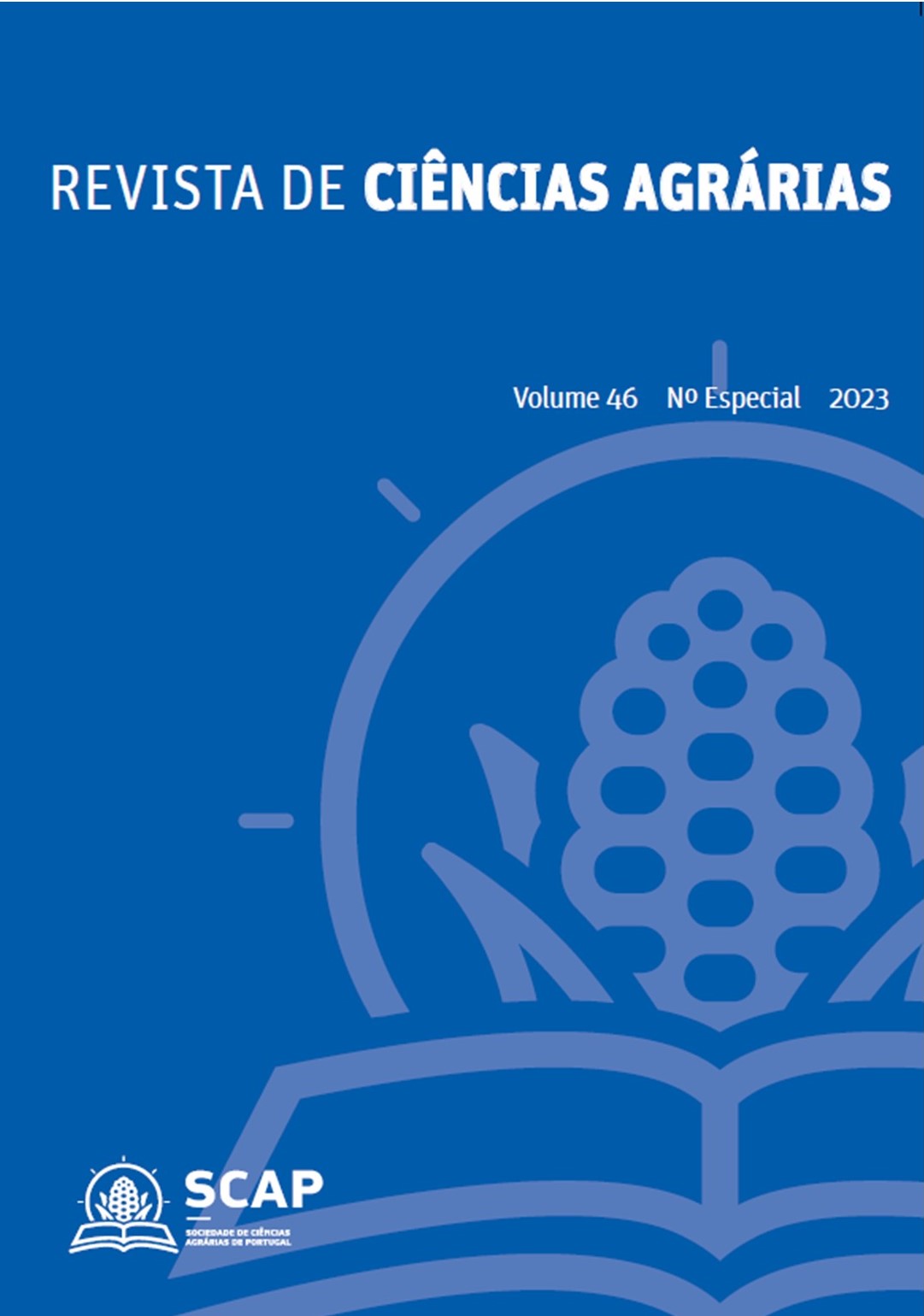Effect of the interaction between two Pseudomonas species and Glomus iranicum var. tenuihypharum in phosphorous nutrition in Eucalyptus globulus Labill.
DOI:
https://doi.org/10.19084/rca.33378Abstract
Eucalyptus (Eucalyptus globulus Labill.) occupies an extensive area of forest in Portugal, being used mainly in the pulp and paper industry. Among the challenges faced by its production, is the need to reduce the use of mineral fertilizers, without loss of productivity, and preserving soil fertility and biodiversity. As the benefits of using biofertilizers for the agricultural sector are known, there is interest in evaluating their use in the forestry sector. Within its scope, an experiment was established with commercial inoculants, one containing the arbuscular mycorrhizal fungus Glomus iranicum, and another based on inorganic phosphorus-solubilizing bacteria, Pseudomonas putida and P. fluorescens, individually and in combination. Their effect on growth and physiology of eucalyptus, under conditions of differentiated phosphorus fertilization (100, 70 and 40% of the reference fertilization for this type of soil) was evaluated. Ten weeks of growth after transplantation, there was a significant effect of bacterial inoculation on the relative chlorophyll index (p<0.05), with the plants inoculated with bacteria having the highest values for this parameter, while inoculation with fungi had an effect significant in the number of leaves on the plants (p<0.05), with the mycorrhizal plants having the lower number of leaves. These preliminary results are promising, but the study continues, in order to evaluate the behavior of eucalyptus in situations of increasing phosphorus needs.


